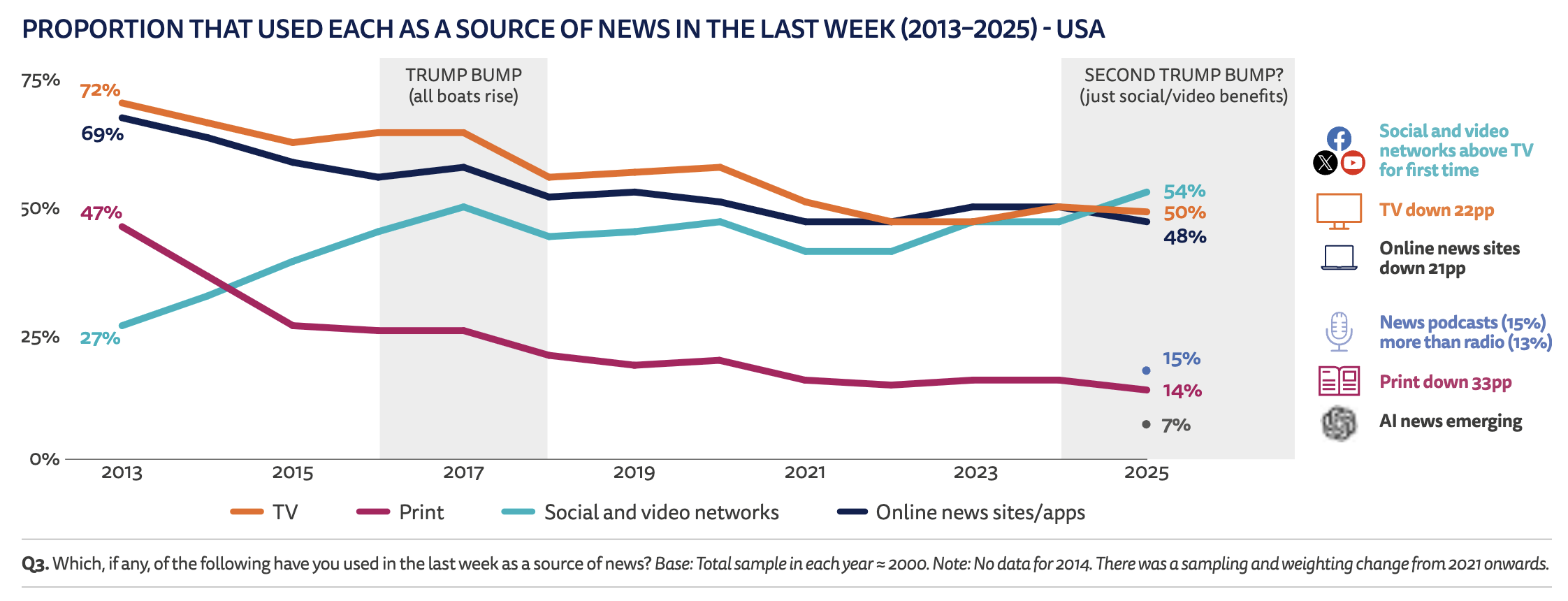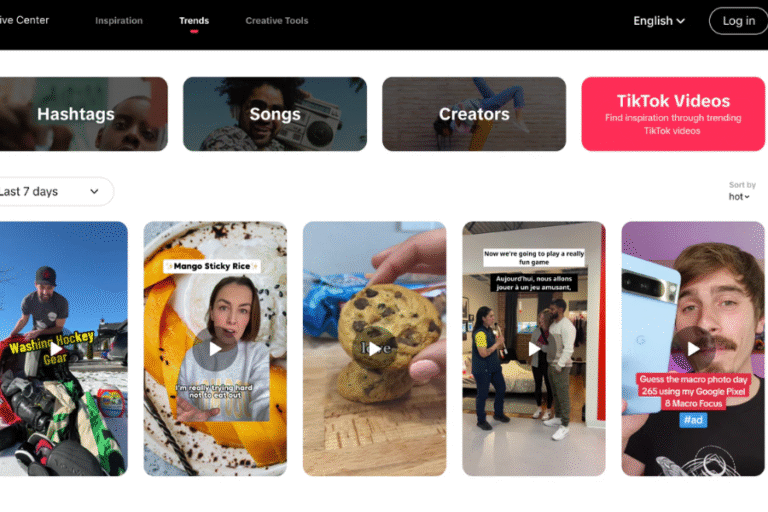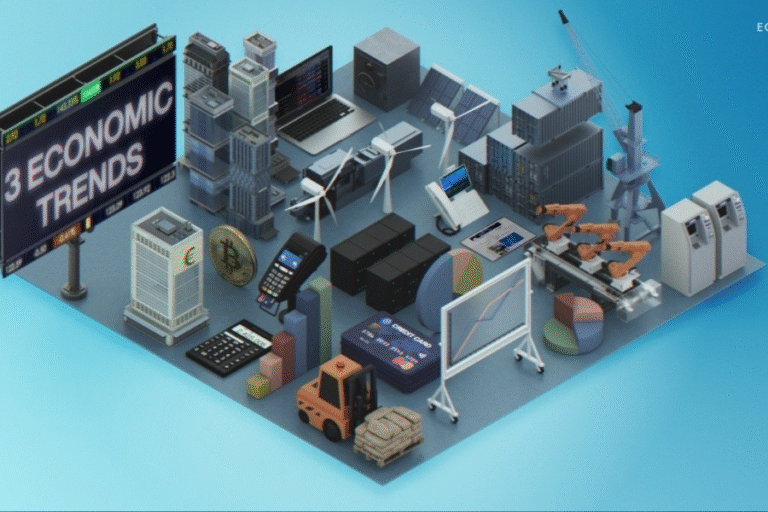How Social Media Is Reshaping News in 2025 – InvestorWeeklyNews Investigates
In the past, news traveled through newspapers, radio broadcasts, and televised reports, often curated by editors and backed by months or years of training. Fast forward to 2025, and the face of news has completely changed. Social media has become the new battleground for information, influencing everything from public opinion to government policy. Platforms like X, formerly Twitter, Meta’s ecosystem, TikTok, and emerging networks like Threads are no longer just tools for social connection—they are the primary channels through which people access breaking headlines and detailed analysis.
At InvestorWeeklyNews, we have monitored these shifts closely, watching in real time as social media reshapes not just how news is shared but how it’s created, consumed, and believed.
The Death of Traditional Gatekeeping
For decades, newsrooms acted as the gatekeepers of information. Editors fact-checked every detail, and journalists followed rigorous codes of ethics. Today, anyone with a smartphone can report news in real time. While this democratization has empowered voices that were long ignored by mainstream media, it has also led to the rise of misinformation.
Social media algorithms prioritize engagement, not accuracy. A post that triggers strong emotional reactions, even if false, can go viral faster than any verified article. As a result, truth has become a casualty in the race for digital attention.
Speed Over Accuracy
In a world where breaking news spreads in seconds, accuracy often takes a backseat to speed. When a major event occurs, social media users rush to post about it—sometimes without waiting for confirmation. While traditional news organizations still try to verify sources before publishing, they are often outpaced by social media influencers and users on the ground.
This speed-driven environment has created new challenges for journalists. They must now report stories in real time while also correcting misinformation already circulating. The result is a fragmented information landscape where readers must sift through multiple sources to find the truth.
The Rise of Citizen Journalism
One of the most transformative effects of social media on news in 2025 is the rise of citizen journalism. People are no longer just consumers of news—they are also creators. From live-streaming protests to documenting disasters, everyday individuals now play a critical role in shaping the news cycle.
Citizen journalism has brought new perspectives to global audiences. Local voices are no longer filtered through the lens of foreign correspondents. However, this also raises concerns about bias, context, and accountability. Not everyone who reports news on social media follows journalistic standards or ethics.
News Personalization and Algorithm Bias
Social media platforms have turned news consumption into a personalized experience. Algorithms track user behavior, preferences, and interactions to deliver content that aligns with individual interests. On the surface, this seems convenient. But in practice, it leads to echo chambers and filter bubbles.
People are now more likely to see news that reinforces their existing beliefs rather than challenges them. This algorithmic bias contributes to political polarization and a fractured public discourse. It also makes it easier for fake news to thrive within ideological silos.
Visual Storytelling and Short-Form News
In 2025, news is no longer just text on a screen. Visual content dominates social media. From Instagram reels to TikTok clips, short-form videos are becoming the primary format for breaking stories and commentary. These platforms make complex issues more accessible, especially to younger audiences.
However, brevity comes with trade-offs. Important context is often lost in short videos. Viewers may consume content passively, scrolling through headlines without critically engaging with the information. This new form of storytelling requires a different kind of media literacy—one that emphasizes visual analysis and skepticism.
The Influence of Influencers
Influencers have emerged as unexpected players in the news ecosystem. With massive followings and direct access to audiences, they can amplify stories that traditional media overlook. In some cases, influencers even break major news before journalists.
While this has opened new avenues for information sharing, it has also blurred the lines between opinion, entertainment, and journalism. Not all influencers are trained to handle sensitive topics, and many prioritize personal branding over public interest. As a result, the credibility of news has become more fluid and subjective.
Newsrooms Adapting to Social Media
Recognizing the dominance of social media, traditional news organizations have adapted their strategies. Many now operate with digital-first models, producing content tailored for online platforms. Journalists are trained to write in tweet-sized headlines and optimize stories for mobile sharing.
Some outlets have partnered with social media companies to distribute verified news directly through in-app features. Despite these efforts, trust in mainstream media remains low among certain demographics. Newsrooms face the constant challenge of remaining relevant in a space dominated by algorithms and influencers.
Fact-Checking in Real Time
To combat misinformation, fact-checking organizations have embraced social media themselves. They monitor trending stories and issue real-time corrections. Platforms like Meta and X have implemented labels and warnings on misleading content. However, the sheer volume of posts makes it difficult to catch every false claim.
The success of fact-checking depends not just on technology but on public willingness to engage with accurate information. In 2025, many users still share unverified content without thinking twice, highlighting the need for ongoing education around digital literacy.
The Globalization of News
Social media has made news truly global. Stories that once stayed local can now spark international conversations. Activists use hashtags to mobilize support across borders. Governments respond to global outrage within hours. The interconnectedness of social media has turned every user into a potential witness to history.
However, global exposure can come with consequences. Misunderstandings across cultures, languages, and legal systems can lead to backlash or misinterpretation. What goes viral in one region may have unintended consequences in another.
Looking Ahead: What’s Next
As we look to the future, the question is not whether social media will continue to reshape news—but how. With the rise of generative AI, deepfakes, and synthetic media, verifying truth will become even harder. Media organizations will need to invest in new tools and training. Audiences will need to become more discerning.
At InvestorWeeklyNews, we remain committed to delivering balanced, verified information in a digital-first world. We believe that the future of news lies not just in technology but in trust, transparency, and thoughtful reporting. As social media continues to evolve, so must the principles that guide us as news creators and consumers.
Conclusion
Social media is no longer just a side channel for news—it is the main stage. In 2025, it shapes what we see, believe, and share. This power can be used for good, amplifying unheard voices and uncovering hidden truths. But it can also spread chaos if left unchecked.
Navigating this complex landscape requires awareness, responsibility, and a return to core values of journalism. The world may have changed, but the need for truth remains constant.
Stay with InvestorWeeklyNews as we continue to investigate the trends that define tomorrow.





